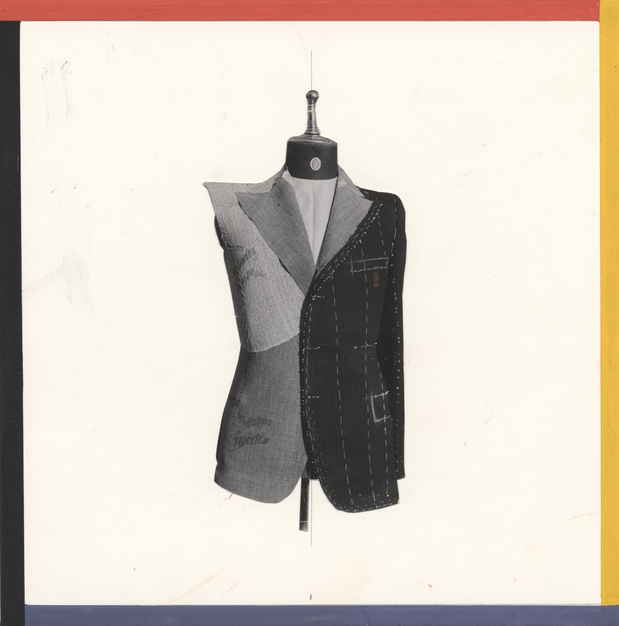Anton Stankowski “What if…?”
Deborah Bell Photographs

This event has ended.
Deborah Bell Photographs presents vintage photographs and photo-collages by Anton Stankowski (German, born 1906 in Gelsenkirchen; died 1998 in Stuttgart). During his illustrious career as a photographer and graphic designer, art director for periodicals and a creator of corporate logos, Stankowski was also a prolific abstract painter whose work shares strong similarities with that of his Swiss contemporary, Max Bill.
To most Americans, Stankowski is infamous for the clean, minimal logo he designed for Deutsche Bank in 1974 at the age of 68: a simple diagonal stroke contained within an open square. He is also renowned for his 1968 design of the “Berlin Layout,” the graphic identity for the city of Berlin.
The exhibition will feature two aspects of Stankowski’s work with photography: his earliest photographs, dating from 1925-1938; and the suite entitled Was ist wenn (What if…?), a sequence of 38 variations on one image that he conceived and re-worked between 1932 and 1953. The basis of this series is a single photograph, dating from 1932, of a tailor’s form bearing a man’s suit jacket. Stankowski referred to these groups of sequences as “visual plans.” Through darkroom manipulation such as image-reversal, solarization, montage, enlargement of details, multiple exposure, printing the negative through decorative screens, and reassembling the prints in hand- colored photo-collages, he created 38 variations on the original photograph.
The son of a miner, Stankowski received his artistic training in 1920-26 at a Düsseldorf studio specializing in church painting and decorative painting. His immersion in photography, graphic arts and typography stems from 1926, when he attended seminars at the School of Arts and Crafts (later the Folkwang School of Design) in Essen, Germany. In 1927 he began studying there with the photographer Max Burchartz, who exposed Stankowski to the work of avant-garde artists such as El Lissitzky, Kurt Schwitters, Piet Zwart, Herbert Bayer, and the Bauhaus masters.
Stankowski’s earliest photographs and photograms of the 1920s reflect this era of heady innovation and identify him as one of the “new photographers” of the Weimar era. Using the camera as if he were drawing in a sketchbook, his bird’s-eye views, worm’s-eye views, oblique framing and abstract close-ups infuse his compositions of everyday subjects with energy and tension.
The legendary international exhibition Film und Foto, held in Stuttgart in 1929, served as an important turning point for Stankowski and launched his career. In addition to exhibiting his own photographs, Burchartz organized a section of the exposition to feature works by students in his Commercial Art and Photography Class. Max Dalang, founder of a progressive advertising agency in Zürich, saw the photomontages Stankowski exhibited at Film und Foto and promptly recruited him. Soon Stankowski left his job as an advertising consultant for J. Canis in Bochum, and moved to Zürich to join Dalang’s famous agency.
Media
Schedule
from November 05, 2015 to December 23, 2015